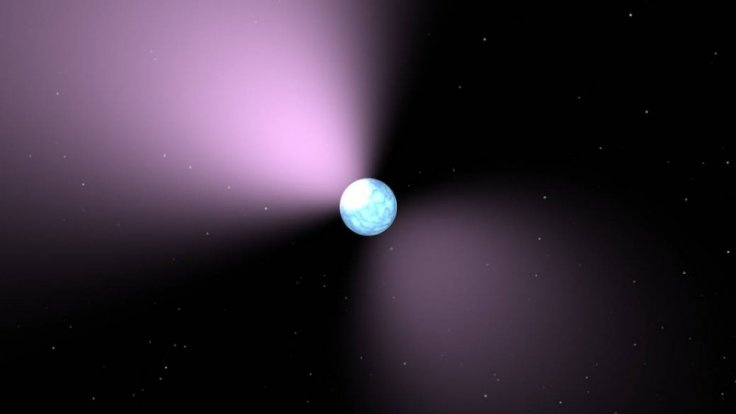
Nuclear Pasta is a highly dense atomic material that might be found in dead stars, or neutron stars, say theoretical physicists. If it does exist, this material could be the strongest in the whole universe.
Researchers at the Indiana University Bloomington have theorised that gravitational forces just beneath what is left of the outer 'crust' of dead stars is immense. Scientists now believe that this kind of force ends up creating structures that is called "nuclear pasta".
According to a report on the study by RT, Nuclear Pasta can be found just below the surface, about one km in from the crust of a neutron star. It could be a solid mix of neutrons and protons which take the form that resemble different forms of pasta like blobs, tubes and sheets.
If it does indeed exist, 'nuclear pasta' should be dense. Its density, should be about 100 trillion times the density of water. To make a small dent in it, a force of about 10 billion times of what is needed to break steel would be necessary, say researchers.
These figures seem too high to comprehend, the material, however, is so dense that is naturally gets to be this strong, says study co-author Charles Horowitz of Indiana University. Replicating the gravitational force needed to create material like this is not possible any where on Earth, especially under laboratory environments, so the researchers created computerised simulations to try and understand how it could work out there in the cosmos.
"Our results show that nuclear pasta may be the strongest known material," write the scientists in their paper.
As of now astronomers on the hunt for real-world evidence of this newfangled material and they are intently studying known neutron stars and reading the energy they put out, notes the report. Dead stars spin rapidly according to estimates, the fastest known neutron stars go at a speed of 716 times per second, adding up to about 43,000 revolutions per minute. At the surface of a body spinning so fast, its linear speed could possibly reach a quarter of the speed of light.
An object the size of a neitron star spinning at this rate, considering how heavy and compressed the material within will be gives rise to gravitational waves on the fabric of spacetime. Gravitational waves can be detected on Earth and studied, and depending on the lumpy nature of the surface of the star, there will be ripples in the gravitational waves, say researchers, this could help gain a better understanding of nuclear pasta and one day physicists might actually be able to prove its existence.








